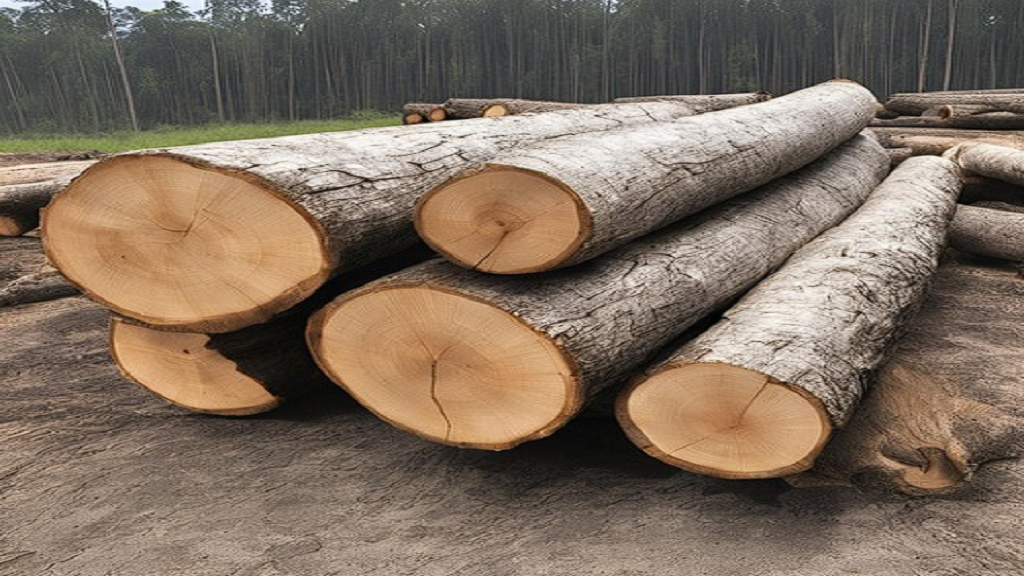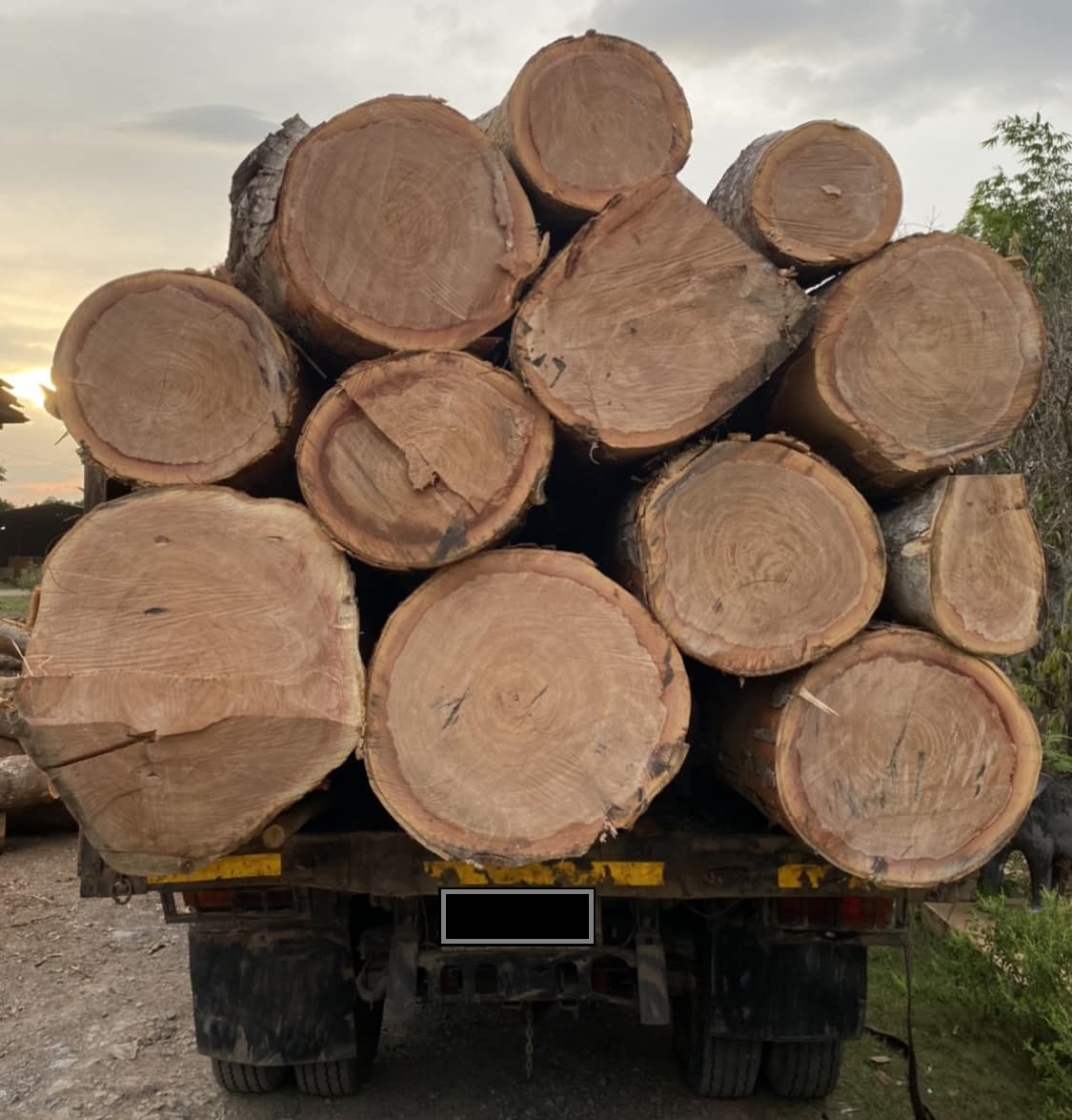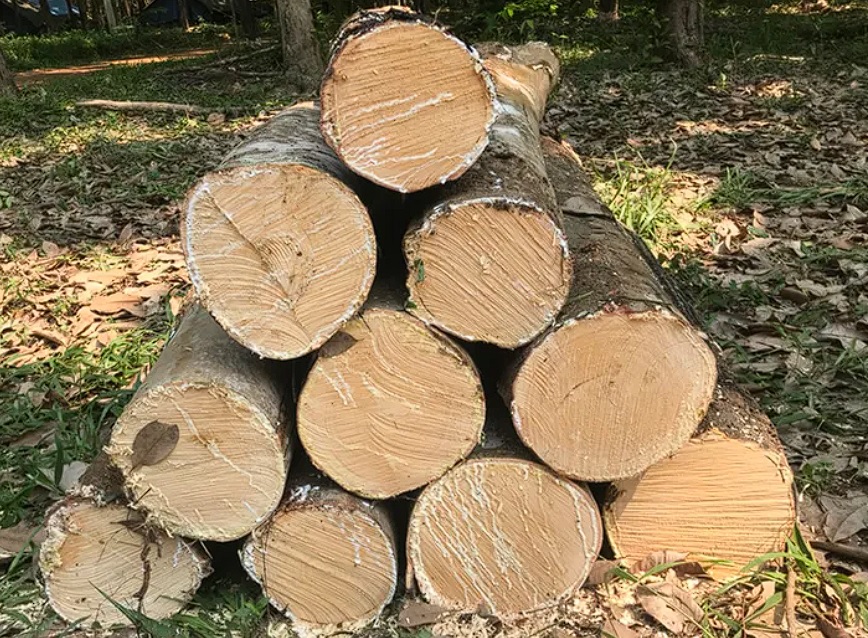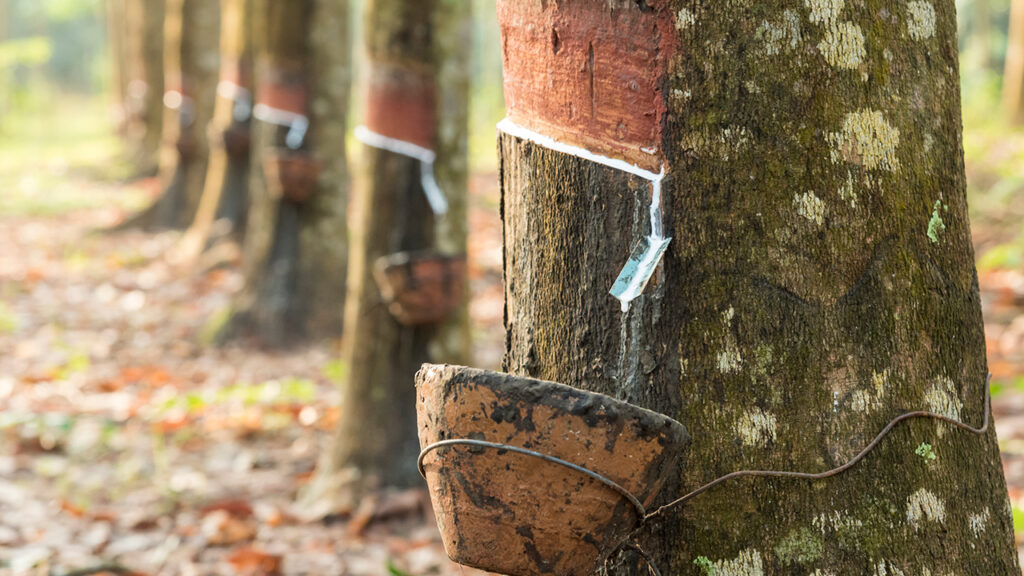LISTEN TO THE CONTENT
0:00
RUBBER WOOD PLANTATION BUSINESS INTRODUCTION
GROUP 1
RUBBERWOOD AGRICULTURAL GROUP
-
1. RUBBERWOOD PLANTATION
- 2. RUBBERWOOD WOOD LOGS
- 3. GRADE RUBBERWOOD LOGS
- 4.FIREWOOD LOGS
RUBBERWOOD PLANTATION
RUBBERWOOD TIMBER CAN BE SAWN AFTER 20 YEAR OF GROWTH WHEN THE RUBBER PRODUCTION DECREASES.
RUBBERWOOD LOGS
RUBBERWOOD LOGS HAVE DIFFERENT USES, THEY ARE SEPARATE INTO GRADE RUBBERWOOD LOGS AND FIREWOOD LOGS.
GRADE WOOD LOGS
MAINLY USED FOR SAWN TIMBER AND VENEER PRODUCTIONS.
BRANCH AND STUMP LOGS
THESE TYPE OF LOGS CAN BE USED FOR FIREWOOD, SAWN DUST AND WOOD CHIPS.
THAILAND RUBBERWOOD IS THE BEST QUALITY

- High Availability: Thailand is one of the largest producers of natural rubber globally. This high supply of mature rubber trees ready for wood harvest allows Thailand to process and supply rubberwood consistently and efficiently, making it cost-effective and readily available.
- Quality Control and Processing Standards: Thai rubberwood producers have developed highly refined processing techniques. This includes kiln-drying and treating the wood to reduce moisture content and prevent warping, cracking, and pest infestation. This thorough processing makes Thailand’s rubberwood durable and stable for furniture and other wood products.
- Strength and Stability: Rubberwood is moderately dense, providing strength and stability while still being workable for carpentry and furniture-making. Thai rubberwood is known for its resilience and ability to withstand wear, making it a favorite for manufacturers worldwide.
- Eco-Conscious Industry Practices: Thailand has strong environmental policies around rubber plantations, prioritizing reforestation, environmental impact, and land management. This focus on sustainable practices has helped Thailand establish a reliable reputation for quality.
These factors contribute to Thailand’s position as a global leader in high-quality rubberwood production, supporting both eco-friendly industries and premium wood products.





